Groups
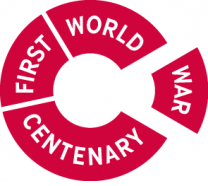
Home Front Legacy 1914-18
About the group Please help us identify sites and structures that bear testimony to the First World War’s impact on the UK's towns, villages, cities and countryside.
Created 8 January 2014

melgibbs |
||
|
This image shows the remains of an extensive WW1 army training camp, a military hospital and the site of and anti-aircraft gun whose crew claimed to have shot down Zeppelin L15, the first to be destroyed over Britain.
|

Kentishman |
|
|
This image shows the site of the southern end of a pontoon bridge erected across the Thames during WW1 to aid the movement of troops.
A pontoon bridge across the tidal Thames was built from Clarendon Lawn, Gravesend, to near Tilbury Fort in Essex. Information about the bridge is sparse and contradictory. The 'Discover Gravesham' council website (http://www.discovergravesham.co.uk/gravesend-chronology/1910-1916.html ) states that it was built in 1914 using 70 lighters (a shallow barge for loading and unloading ships) but was dismantled after a few months. 'Tilbury and Chadwell Memories' (http://www.tilburyandchadwellmemories.org.uk/page/the_tilbury_to_gravesend_pontoon_bridge_1915-1918 ) gives more detail and states that the pontoon was in place from 1915 to 1918, using 67 lighters. The BBC 'World War One at Home' site ( http://www.bbc.co.uk/programmes/p0232hsx ) gives dates of 15th November 1914 until the end of the war. Details provided and several images on Google show that there were two carriage ways with a total width of about 20 feet. There was also a removable section of about 600 feet to allow shipping through - the Thames was one of the busiest, if not he busiest, river for shipping in the World at this time. |

Kentishman |
|
|
Scrapping warships (destroyers?) after the Armistice
|

Kentishman |
|
|
Cliffe Fort, in addition to its existing armament, two Mk VII 6 inch guns were mounted on the roof during most of WW1. These were replaced by Quick Firing Guns towards the end of the War.
|

Kentishman |
|
|
Two aspects of importance in this image. First Preston Hall was used as a chest hospital during WW1, treating soldiers who had been gassed or contracted tuberculosis. Secondly, in the distance, along Hermitage Lane, are the small bungalows erected for disabled service men from WW1, known initially as The Colony, and later as British Legion Village.
|

Kentishman |
|
|
Shows the remains of HM Cordite Factory which was established in 1916 immediately to the East of Curtis's and Harvey Ltd's explosives factory on Cliffe Marshes.
|

Kentishman |
|
|
In addition to the WW1 aviation link, this image shows: Orchard hospital which was turned over to the Australian army in 1916; and munitions works together with a post WW1 tragedy arising from the disposal of war surplus stocks.
|

Kentishman |
|
|
The site of RFC/RAF Joyce Green. WW1 airfield.
|

Kentishwolf |
|
|
Milton Mount College, the college was moved after the first air raid, the building was used as a hostel for Vickers' munitions workers and later as a hospital for invalid soldiers. Taken from "Discover Gravesham" site.
|

Kentishwolf |
|
|
Milton Barracks, 2nd Battalion, Royal Dublin Fusiliers marched out from here to France in 1914. Mentioned in the book, "The Old Toughs, From Milton to Mons" by Patrick Hogarty. Large sections of the boundary wall and some original buildings still in situ.
|

Kentishwolf |
|
|
NOF New Basford opened Feb 1918 (see resources)
I don't know the area so cannot add a pin, was looking at the area for family history when I noticed the image. |

spugs |
|
|
I think I found the Gibraltar Barracks on this image, used for training during WW1
|

spugs |
|
|
I wondered if this information about WW1 refugees attending the school would be of interest
|

spugs |
|
|
Central Higher Grade School later City of Leeds school, now council offices. There is a board in the entrance which states that the school admitted some boys who were refugees from Belgium as pupils during WW1. Also some soldiers from the Serbian army had English lessons there.
|

spugs |
|
|
This was a temporary military hospital in the First World War. Read 'Stories from the War Hospital'here:
http://www.firstworldwarhospital.co.uk/hospital-history/4586031978 |
Lynda Tubbs |
|
|
On 28 Feb 1913 The Royal Flying Corps (RFC) Tested 12 Douglas 348cc Model O and eight 3½hp Phelon and Moore twin speed motorcycles for testing and evaluation. This test included a 50 mile dash around the circuit at 30 mph followed immediately by a run up the Brooklands Test Hill. P&M won the contract and in Jan 1914 the War Office placed what was at the time the largest ever order for 20, 3½hp P&M machines. Thereafter every RFC P&M motorcycle was tested at Brooklands until January 1917. By the end of 1915 the RFC and Royal Naval Air Service (RNAS) were receiving 40 machines a week from P & M (see also EPW028336)
|

Old_Timer |
|
|
The Airfield Buildings were the site of Royal Aircraft Factory No? During the First World War. The Royal Flying Corps (RFC) also based on the site tested Phelon & Moore motorcycles on the track and up the Test Hill close to the clubhouse.
|

Old_Timer |
|
|
Replaced the temporary military hospital in Headingley and dealt with WW1 injuries and replacement limbs.
|

spugs |
|
|
The temporary hospital referred to was at Becketts Park in Headingley - please see EPW015917; there is quite a bit of info on leodis.org about this use of the college buildings during and after the war. I had not previously known about the association of both places with WW1.
|

spugs |
|
|
Does anyone have more information about Cockermouth Castle's use as a convalescent hospital?
|
Katy Whitaker |
|
|
Boldon House was the location of a "Y station", a listening post operated by the Royal Navy. "At the start of the war, the navy had only one wireless station for intercepting messages, at Stockton"
Boldon House is still standing, but is now in the middle of Elm Tree housing estate. http://www.bing.com/maps/?v=2&cp=t2vw8ngwmq1f&lvl=20&dir=90&sty=b&form=LMLTCC |

J May |
|
|
This is fascinating. Do you have more information about when the Y Station was being used?
|
Lynda Tubbs |
|
|
No firm dates but reported as the only available facility at the out break of war in 1914. It's roles included tracking u-boat, surface ship and zeppelin movements. I found a copy of an article from Fortress magazine in a local library that described the station in detail and the work being carried out.
|

J May |
|
|
I see the house is still standing but I wonder if any of the other buildings - the powerhouse and battery room - are still there. Can they be identified on the photograph?
I found a reference to the magazine article here: http://www.airfieldinformationexchange.org/community/showthread.php?7478-WWI-Y-station-at-Stockton |
Lynda Tubbs |
|
|
There are two remaining buildings, the main brick building was the operations block (now a house), and the other brick building was the power/battery house (not sure what it is now, presumably a store).
The magazine article (Fortress, Issue No.8, Feb 1991, ISBN 1855120135) mentioned a wooden structure reported to of been constructed from a previous "L" shaped building on the site, but this also seems to be missing from recent pictures of the site. There was also mention that some of the anchor points for the masts were still in place and a small section of the original boundary fence was still in place (and still is), the fence post foundations have Navy anchor symbols on them. I will take a look next time I pass, which I do nearly every week. |

J May |
|
|
Thank you for adding this 'local knowledge' which helps us to understand what is already known. It's interesting that there might still be some evidence to be seen - any chance of a photo?
|
Lynda Tubbs |
|
|
used as military hospital from 1914
|

spugs |
|
|
A hospital dealing with eye injuries.
|
Lynda Tubbs |
|
|
from Wikipedia: Hendon Aerodrome: In November 1916, the War Office commandeered the flying schools, after which the aerodrome trained 490 pilots. Claude Grahame-White and other members of the Royal Naval Air Service (RNAS) mounted a night defence of London in 1915, constituting the very first aerial defence of London.
|

TomRobin |
|
|
The road that runs left/right across the lower third of this photograph is Aerodrome Road. The main north/south railway line runs down the right hand side. The land and buildings south of Aerodrome Road became the training school for the Metropolitan Police. To the left of the oval is the flying club building which was in use as the canteen and residential accommodation for police recruits up to the 1970s. Immediately behind this building, are the hangers and workshops which were subsequently used as offices and classrooms. Into the 1970s Aerodrome Road continued to be a "Ministry of Defence Road" and was closed to the public on one day a year to retain its status as a private road. This was usually done on Christmas Day to minimise disruption to the local community. The police estate has been redeveloped and none of the original buildings remain.
The area north of Aerodrome Road is now the location of the RAF Museum Hendon and a large housing estate. |

Johno |
|
|
Still referred to by the locals of Burton on Trent as the Branston Pickle Factory. It is now used largely as a B&Q distribution centre. A history can be seen at:
www.burton-on-trent.org.uk/category/surviving/branston-depot/branston-depot-history Substantially the site remains,check postcode DE14 3DP to access current mapping and aerial views. |

john walls |
|
|
I'm not exactly clear on how to provide feedback, but EPW015456 looks very much like the cattle feed mills in Selby. Current day: https://www.google.co.uk/maps/place/Selby,+North+Yorkshire+YO8/@53.7877556,-1.0591585,252m/data=!3m1!1e3!4m2!3m1!1s0x48791601ea0e6d8f:0x58ddc5f5957a2013
|

GusTButt |
|
|
Hi GusTButt
If you want to respond to a comment made, click on 'reply to this comment', just below the comment on the image you are replying to. You also have an option to remove a comment you've made. Hope this helps. |
Lynda Tubbs |
|
|
Are there patients strolling on the lawn?
|
Lynda Tubbs |
|
|
The gun emplacements shown in this image are documented with photographs and original plans:
http://www.kenthistoryforum.co.uk/index.php?topic=10066.0 |
Lynda Tubbs |
|
|
from Wikipedia: Hendon Aerodrome: In November 1916, the War Office commandeered the flying schools, after which the aerodrome trained 490 pilots. Claude Grahame-White and other members of the Royal Naval Air Service (RNAS) mounted a night defence of London in 1915, constituting the very first aerial defence of London.
|

TomRobin |
|
|
from Wikipedia (unsourced): Before the First World War Lydd became an important artillery practice camp. Experiments with high explosives carried out on the shingle wastes around 1888 led to the invention of the explosive Lyddite.
|

TomRobin |
|
|
This image shows First World War temporary buildings in the drained lake of St James's Park, used as government offices.
|
Sandra Brauer |
|
|
Slough Motor Transport Depot became Slough Estates after WW1
|

Tony S |
|
|
St Martins Jam Works on Buckingham Ave was an Ordnance Factory in WWII,not sure if it was operational before in WWI
|

dave43 |
|
|
Victoria Pleasure Gardens (1897-1939).
With the outbreak of WW1, the Gardens were immediately requisitioned by the military authorities for the billeting / training of troops. On November 18th 1914, soldiers of the 6th & 7th (City of London) Battalions, The London Regiment, took up occupancy of the town. When they left for the front they were replaced in May 1915 by 2nd/4th & 2nd/5th Battalions of the East Lancashire Regiment. The Gardens reopened again for business after the war. During WW2 the Gardens were requisitioned again by the military authorities. This was the 'death knell' of the Gardens as they never reopened again and in the 1950's it became the site for the Burgess Hill Industry. |

Alan |
|
|
The Keymer Brick & Tile Works had access to and from the London, Brighton & South Coast Railway (LBSCR) this enabled them to receive supplies in and transport goods out from the works.
During WW1 vast quantities of horses and mules were requisitioned by the army to transport weapons and supplies. The demand for hay and fodder was enormous to feed the livestock. From around 1915 these works were used by the Army Service Corps (ASC) as a Forage Depot and also staffed by the Women’ Forage Corps (WFC). The WFC was formed in 1915 they were civilians but came under the control of the ASC and by 1917 their number had reached 8,000. The WFC were mainly based at British depots and army camps to tend the animal needs. This Forage Depot was ideally placed next to the LBSCR Line. This line went east and served Lewes, Eastbourne & Hastings. The line branches off the main London / Brighton line just south of Wivelsfield Station. This junction is known as 'Keymer Junction'. Once loaded with forage the train would then leave the works and head for Newhaven Docks via Lewes. At the docks the forage would be loaded onto ships to be transported over the Channel to France & Belgium. During WW2 the works were used again but this time by the Navy for storage purposes. |

Alan |
|
|
Great Western Railway engine sheds (centre of picture below the housing at the top), used as the site of the Newport National Shell Factory, established in the winter of 1915, although output did not officially commence until 1916.
|

Johnny C |
|
|
Whole site orginated as Slough Motor Transport Depot in 1918 and became Slough Estates.
|

Tony S |
|
|
Newport National Box and Cartridge Repair Factory. Established in 1917 as one of two, the other being located in Dagenham.
|

Johnny C |
|
|
The Great Hall at Birminghan University had been equipped, in 1909, as a 520 bedded hospital in case of future war.
|
Lynda Tubbs |
|
|
A great view of the airship sheds
|
Lynda Tubbs |
|
|
First World War wireless station
|
Lynda Tubbs |
|
|
First World War wireless station
|
Lynda Tubbs |
|
|
Gretna was the site of a munitions factory on the Solway Firth and the new township was built very quickly to house the workers. Find an fascinating guide here - http://www.historic-scotland.gov.uk/gretna
|
Lynda Tubbs |
|
|
Coventry Ordnance Works
|
Lynda Tubbs |
|
|
This was the National Machine Gun Factory, Burton-on-Trent
|
Lynda Tubbs |
|
|
Includes wartime gun battery, searchlight position and generator building.
|
Lynda Tubbs |
|
|
Lynda Tubbs |
||
|
Shows a village hall bought by the War Office for use as a drill hall.
|
Lynda Tubbs |
|
|
Drill Hall, known as The Castle, at the top of Cecily Hill, a large building in the castellated style, erected in 1856.
During WW1 it was home to 5th Battalion, Gloucestershire Regiment (C Company) and Royal Gloucestershire Hussars (B Squadron). |
Lynda Tubbs |
|
|
Built as the HQ of the Argyll and Sutherland Highlanders' 4th Volunteer Battalion in a vigorous Scots baronial style with twin towers. (McKean)
|
Lynda Tubbs |
|
|
A clear image of the drill hall and its magnificent rose window.
|
Lynda Tubbs |
|
|
This could be the site of the WW1 Joss Bay sound mirror - is there a photograph of the site now?
|
Lynda Tubbs |
|
|
Could this be the Renfrew WW1 Air Station?
|
Lynda Tubbs |
|
|
Could this be the Renfrew WW1 Air Station?
|
Lynda Tubbs |
|
|
Could this be the Renfrew WW1 Air Station?
|
Lynda Tubbs |
|
|
Site of WW1 Army Service Corps Remount Depot on ill-fated former Royal Agricultural Society Showground.
Site later developed as Guinness Brewery under architect Giles Gilbert Scott. |

The Laird |
|
|
Maypole Institute building. Social institute for employees of nearby Monsted Margarine Works. During WW1 the building served as the Southall Auxiliary Military Hospital.
|

The Laird |
|
|
Higher Denham estate being developed on the site of what was Denham Army Camp. The road configuration of the estate conforms to that of the WW1 hutted camp.
16th (Church Lads Brigade) Battalion, The King's Royal Rifle Corps |

The Laird |
|
|
Former TB hospital and currently a heart and lung hospital.
Built on the site of 1st Australian Auxiliary Hospital (1AAH) of WW1. |

The Laird |
|
|
Site of National Filling Factory No 28
|

The Laird |
|
|
Cullercoats Radio Station was used in WW1 as a base for intercepting German radio traffic.
|
Lynda Tubbs |
|
|
Broadwater Military Hospital on the Belstead Road, run by the Red Cross in World War One.
The forty-three bedded auxiliary hospital came under the control of Colchester military hospital |

Where's Canning Town? |
|
|
Zoom in to this image to see the Royal Pavilion South Gate which was built in 1921. It was the gift of India in commemoration of those who were tended in the Pavilion in 1914 and 1915."
|
Lynda Tubbs |
|
|
During WW1 Ruston's produced Lewis guns, gun mountings, shells and bombs, internal combustion engines for munition and aircraft factories, oil engines for searchlights and hospitals, and steam navvies for extracting raw materials from British soil.
|
Lynda Tubbs |
|
|
No. 44 Sqn. (Home Defense) was formed at Hainault Farm and remained there for the duration of first World War.
|
Lynda Tubbs |
|
|
Find out more about the development of these practice trenches and mock battlefield on the Bodelwyddan estate
http://www.bodelwyddan-castle.co.uk/PDF/First%20World%20War%20teaching%20pack.pdf |
Lynda Tubbs |
|
|
Learn more about the Harrogate Home Guard here:
http://wr5harrogatehomeguard.webs.com/wr5homeguard.htm |
Lynda Tubbs |
|
|
The Drill Hall - Home to 2nd VB East Surreys. It has been demolished and a multi-storey car park now stands in its place. Next door, on the left, is the Drill Hall house.
|
Lynda Tubbs |
|
|
A further history of the whole area can be read:
http://www.ipswichtransportmuseum.co.uk/Ransomes.htm |

Where's Canning Town? |
|
|
Ransomes Sims & Jefferies produced the FE.2b biplane in W.W.1
A photo taken inside shows my granddad, second from right in the middle row, wearing a bow tie. http://www.flickr.com/photos/kindredspirituk/10609728686/in/photostream/ |

Where's Canning Town? |
|
|
Ransomes Sims & Jefferies produced the FE.2b biplane in W.W.1
A picture taken inside shows my granddad, second from right in the middle row. http://www.flickr.com/photos/kindredspirituk/10609728686/in/photostream/ |

Where's Canning Town? |
|
|
The site of the National Spelter Company, constructed in 1916.
|
Lynda Tubbs |
|
|
An image showing a First World War munitions factory which is still standing, although well-concealed from the road. When was it active and what was being produced?
|
Lynda Tubbs |
|
|
Was this the Central Marine Engine Works - the National Shell Factory that produced 8" shells from Autumn 1916 until December 1917?
|
Lynda Tubbs |
|
|
Stratton Powder Factory. HMEF. Manufacturing ammonium nitrate.
|
Lynda Tubbs |
|
|
The Yorkshire Copper Works supplied materials to the shipbuilding and repair industry in the First World War.
|
Lynda Tubbs |
|

In 1938 it was Olympia Mills (Cake and Oil). |
Lynda Tubbs |
|
|
Was this the National Trench Warfare Filling Factory which was producing hydrogen and hydrogenated oils to charge chemical shells in the First World War?
In 1938 it was Olympia Mills (Cake and Oil). |
Lynda Tubbs |
National Factories
National Factories were created to manufacture aeroplanes, machine guns, explosives and shells under government control.
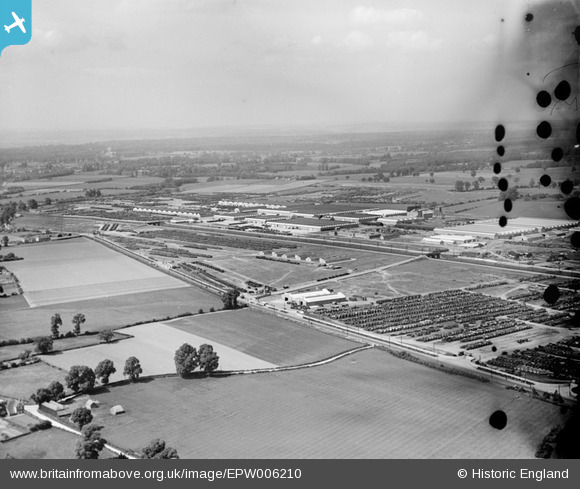

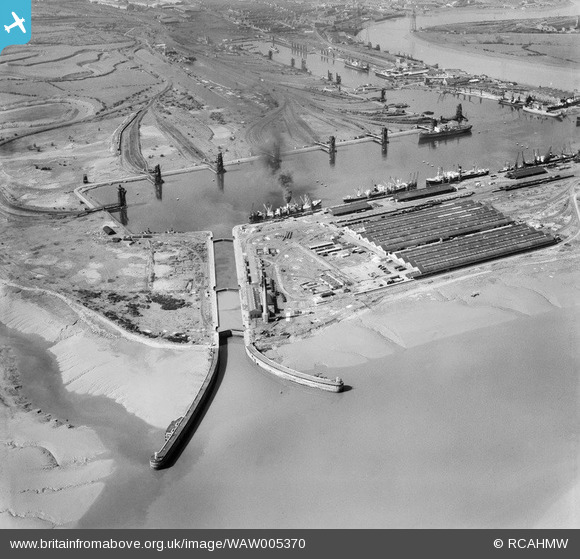
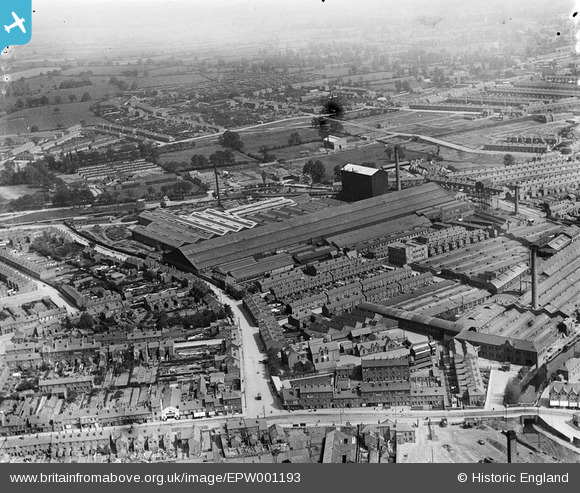

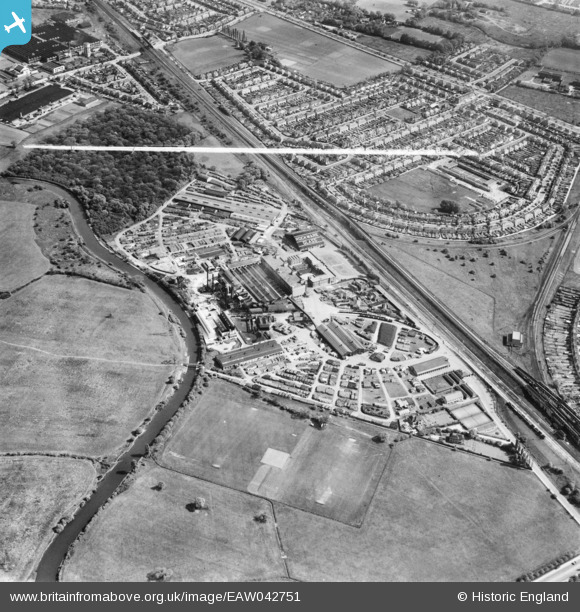

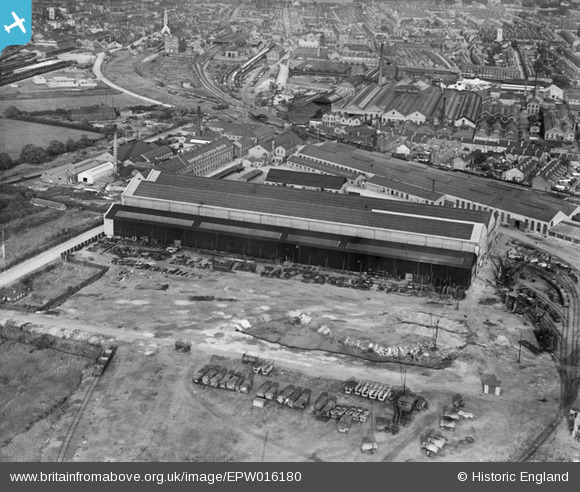
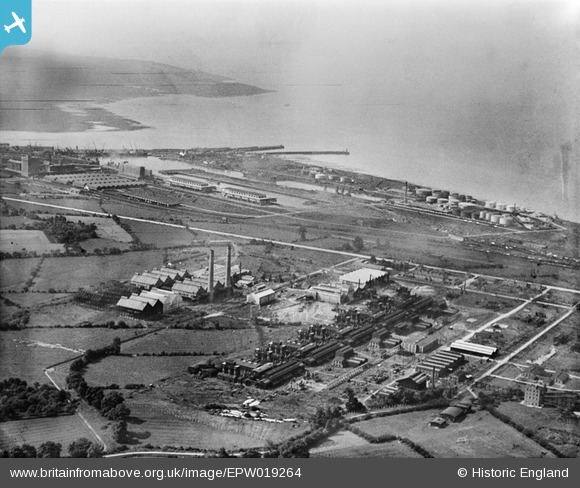
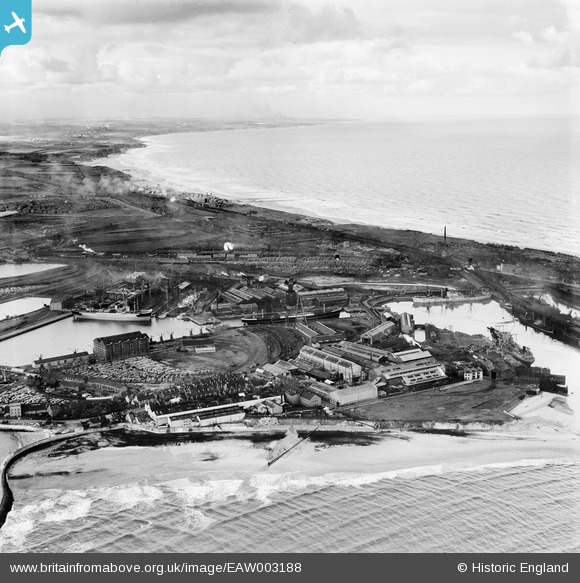




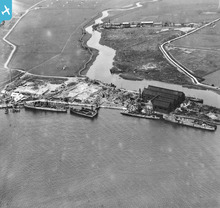









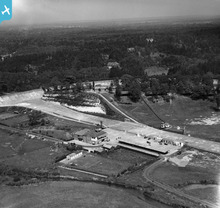
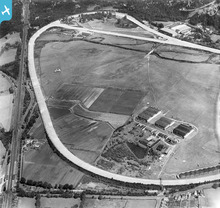



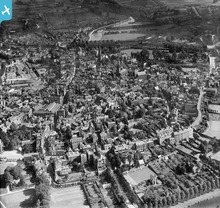
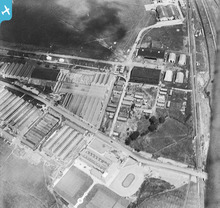







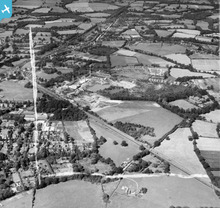





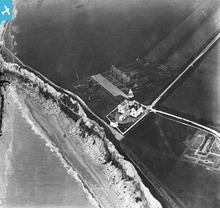
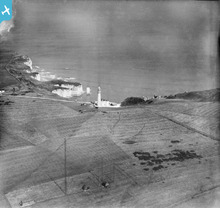
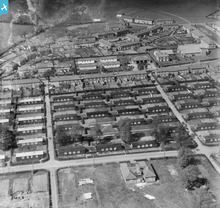

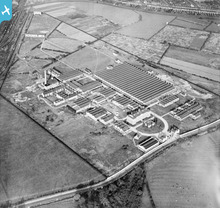

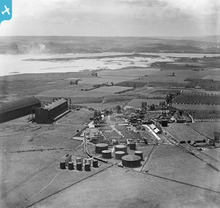





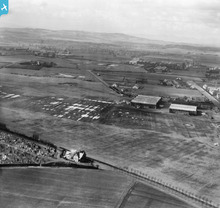

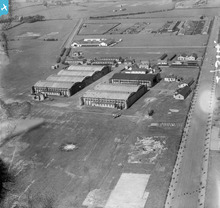

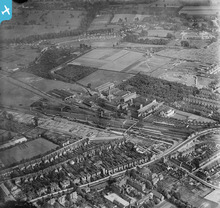










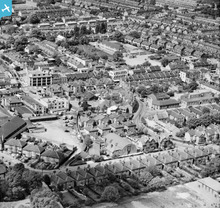
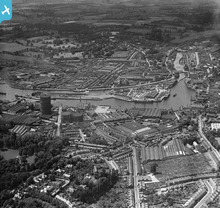







see image record